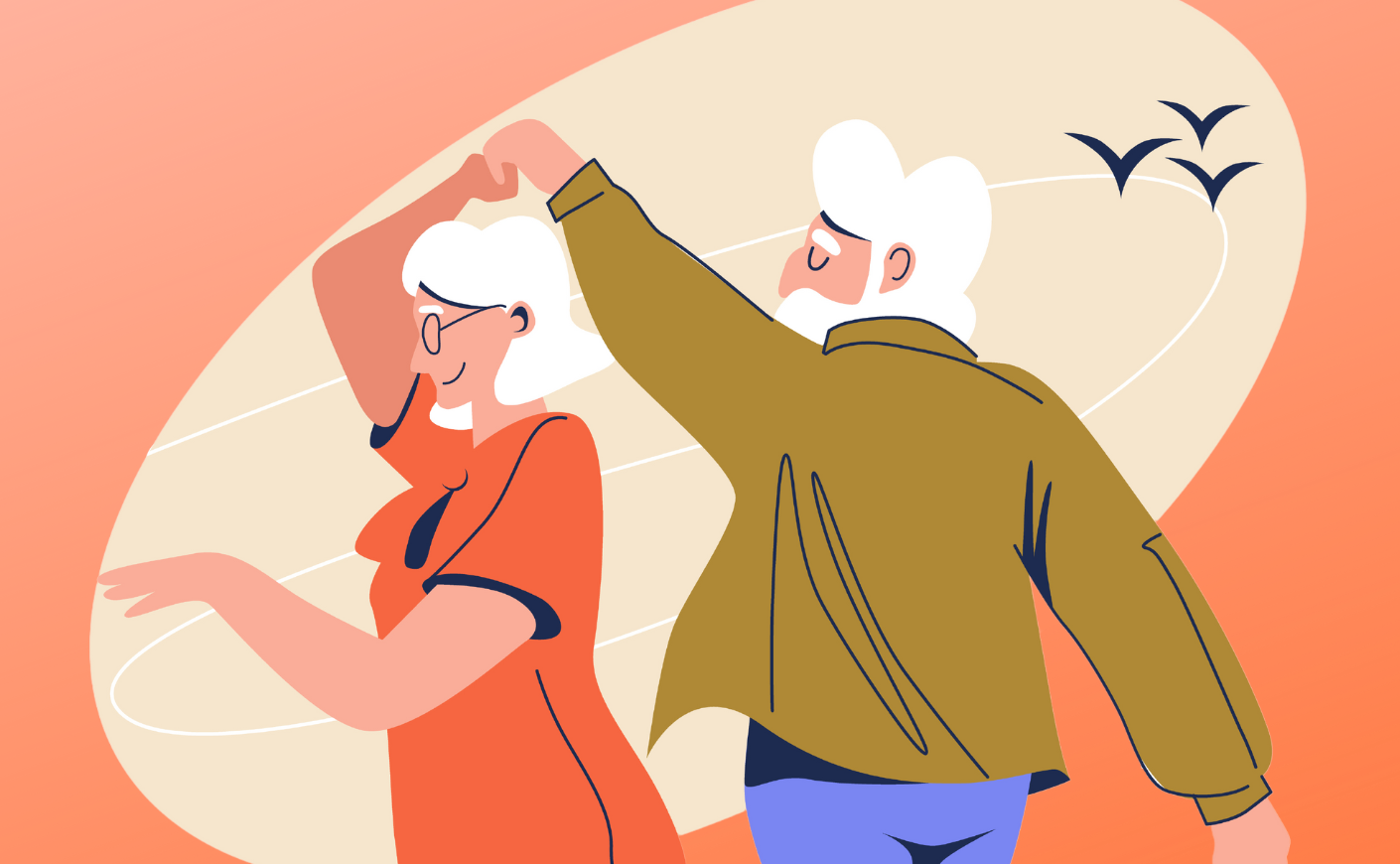We’ve all experienced, or heard about, the downsides of middle age. Our bodies and brains change, our social lives sometimes shift, and we often deal with ageism in the workplace. Considering all that, it makes sense that many of us dread this time as it looms.
Chip Conley’s new book Learning to Love Midlife: 12 Reasons Why Life Gets Better with Age challenges those beliefs by pointing out something we often don’t notice: Middle age has some serious perks. In this excerpt, Conley points out that your middle age is something like a second adolescence — and you should feel empowered to celebrate it as such.
Middlescence: The Adult Corollary to Adolescence
Let me introduce you to a word that you’ve probably never heard of, but one that’s very relevant to what is going on with your body in midlife.
Respected gerontologists, Ken Dychtwald and Barbara Waxman, have been popularizing the word “middlescence” to describe the life stage that has emerged out of increased longevity patterns in the twenty-first century.
The last time a word describing a life stage entered the mainstream global lexicon was in the 1890s, when adolescence increasingly entered popular discussion. In 1904, psychologist G. Stanley Hall published a book titled Adolescence, in which he describes the teens and early 20s as a time of “storm and stress.” Today, we recognize adolescence as a time when we experience major transitions, both physically (puberty) and emotionally (our sense of who we are and how we see the world). In earlier centuries, society rushed kids into adulthood at what now seems like an alarmingly early age; marriage, babies, and farmwork or a job in a factory all might happen before the end of puberty. Fortunately, we now see adolescence as a necessary and natural preparatory course for adulthood.
Maybe it’s time for a similar rethinking of midlife, a time when our bodies — and identities — are changing once again. As we did in our teens, we’re going through profound physical, hormonal, emotional, and existential transitions during this time. So much of this change is focused on our bodies.
Middlescence is a time of endings and beginnings. Yet, while we have all kinds of rituals to support and recognize adolescents during their transitional time of life (bar/bat mitzvahs, communion, quinceañera, high school graduation, etc.), little is provided for middlescence. Where are the midlife ceremonies or opportunities for merrymaking to mark our passage, to make the space to reflect on and audit our life experience to repurpose it in new ways?
Middlescence can also offer a newfound experience of sexuality. For some, there is relief in the fact that there’s no longer the risk of an unwanted pregnancy. For some men, it’s when they feel they’ve been let out of testosterone prison. For others, sensuality starts to emerge as the unexpected “bedfellow.” And still others find it’s the time when their long-practiced skill at people-pleasing comes full circle to themselves.
Author John Updike suggests that midlife is marked by “insatiable egos and workable genitals” which can lead to rampant adultery. But perhaps that’s an immature view of middlescence. More often than not, this is an era when we settle into a less performative, more relaxed rhythm with a partner.
Too many of us have the misconception that biology is the only predictor of sexual health as we age, so we turn to hormones and prescriptive medications. But the self-awareness and desire to connect on a deeper, intimate level that comes with age can create even greater sensual satisfaction than that we experienced earlier in our adulthood.
Middlescence may be the first time in your life when you fall in love with your body just the way it is.









